Electric Dreams: Owning a Tesla Model S P100D
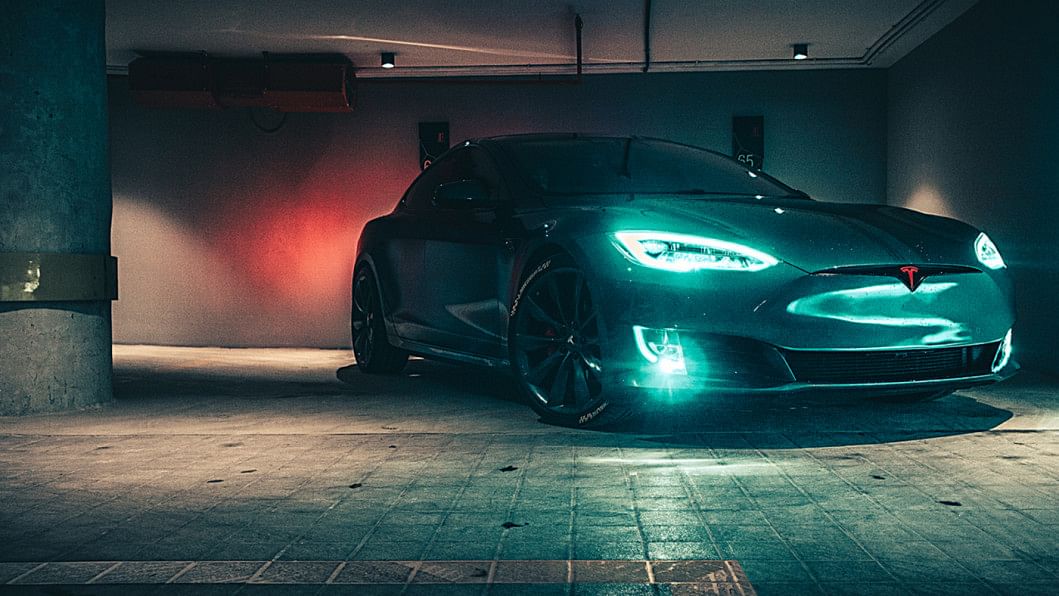
The world is at the brink of critical system failure. If you don't believe that, ask around. July was the hottest month ever recorded on the planet, the Amazon is burning, the oceans are full of plastic, death and diseases are abound. Finding one corner of the globe where things are okay and people are living in peace and harmony without the doom and gloom of climate change and war is as rare as finding your phone after it has fallen into that slim crevice between your car seat and car door.
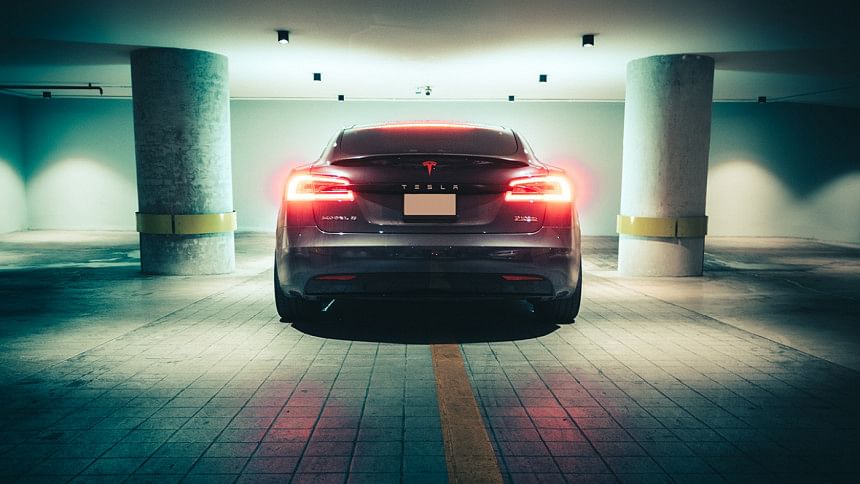
In the wake of it all, is one man who is promising salvation. Since the mid-2000s, Elon Musk, an engineer who made his money through PayPal (or at least the first version of the digital currency transfer system) and SpaceX (which last year helped Bangladesh vault its own satellite into space with the Falcon Heavy Rocket), has been on a mission to revolutionise the way we move. His company, Tesla, has been largely responsible for creating hype and pushing demand for Electric Vehicles (EVs), with many considering their most popular model, the Model S, to be as significant to the automotive industry as Ford's Model T was in the early 20th century.
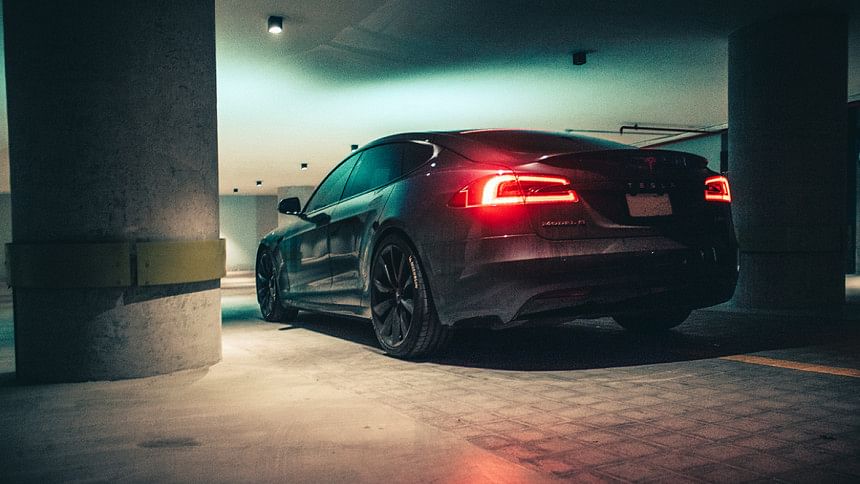
The aura of celebrity that surrounds the Model S is largely traced back to YouTube. There are countless videos of the Model S—a sleek four-door that looks like nothing else on the road—squaring off against million-dollar Bugattis and winning easy. In reality, the Model S, especially in P100D form with the vaunted "Ludicrous Mode", is as dramatic and exciting as the Tesla experience has been hyped up to be.
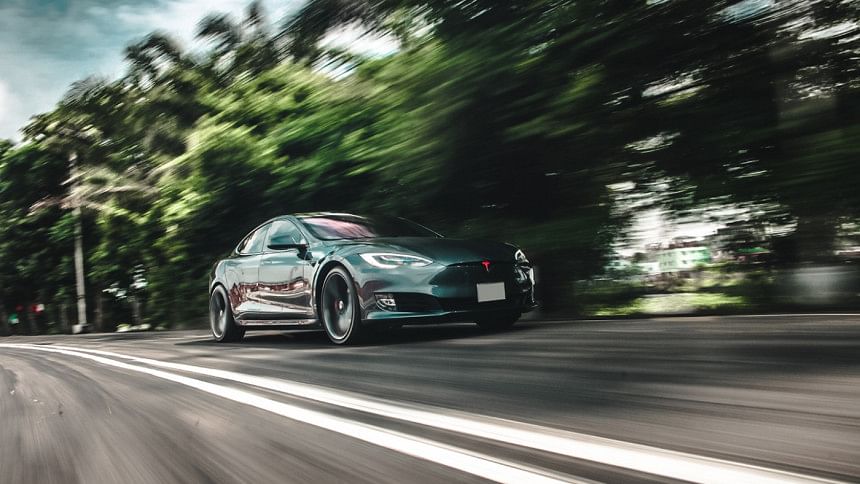
There's no warning. None at all. I can flex my writing muscles as much as I want and you can watch all the videos you want, absolutely nothing will prepare you for the violent way in which the P100D accelerates in Ludicrous Mode. It's like asking someone to describe to you how fast the lightbulb accelerates from off to lit.
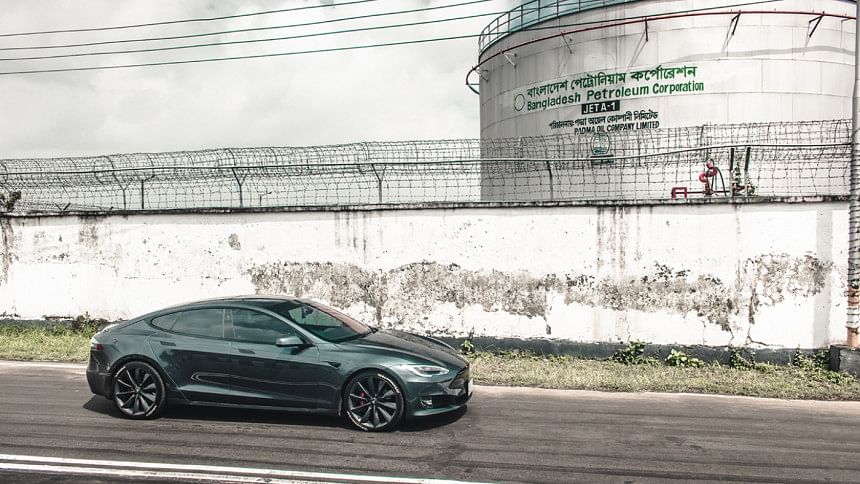
"I love watching the expressions on the faces of people who experience it for the first time," grins Tanveer Mostafa, the owner. "At first they're scared, but once they get used to the initial acceleration, they're all smiles."
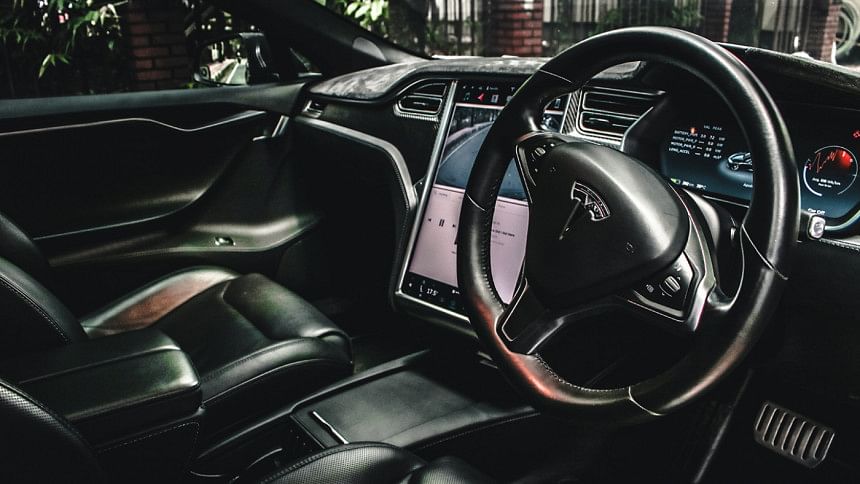
It's also a family car that Tanveer daily drives, not some sports-car garage queen. Under the hood, you'll find a sizeable storage space filled with everything from a mosquito bat to rags for cleaning. In the interior, at the back, you'll find rear seats that can be folded to face the rear—as Tanveer explains, a hit with the kids in the family. For them, it's a theme park ride that gets them places and has a huge screen in the dash that has brilliant, minimalistic visuals that almost looks like a game.
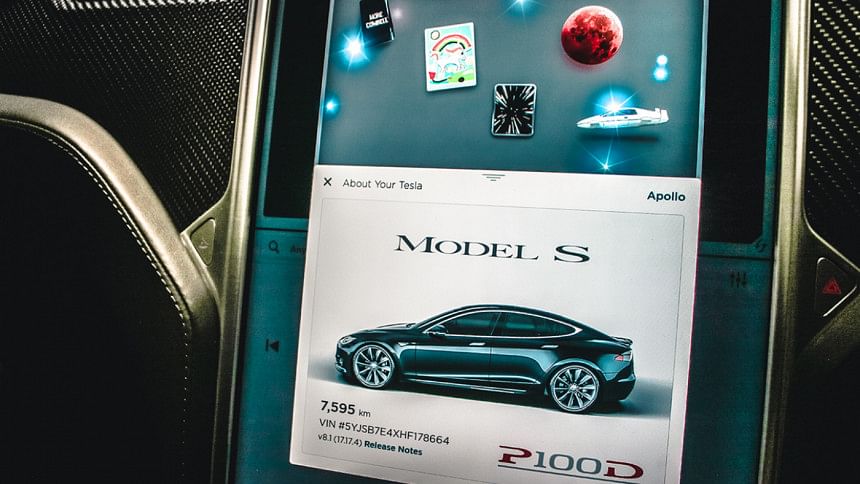
"I drove 200 km to Grand Sultan Resort in Sylhet. Going there was not that bad, went and plugged in to a normal three-pin socket in the wall. Coming back, I was a little nervous as I approached 300 feet because there was quite a bit of traffic and I did not get to charge my vehicle to 100%. I remember turning off the AC and putting the car in low power mode. Overall I loved it, and would do it again, but with a little better planning," says Tanveer.
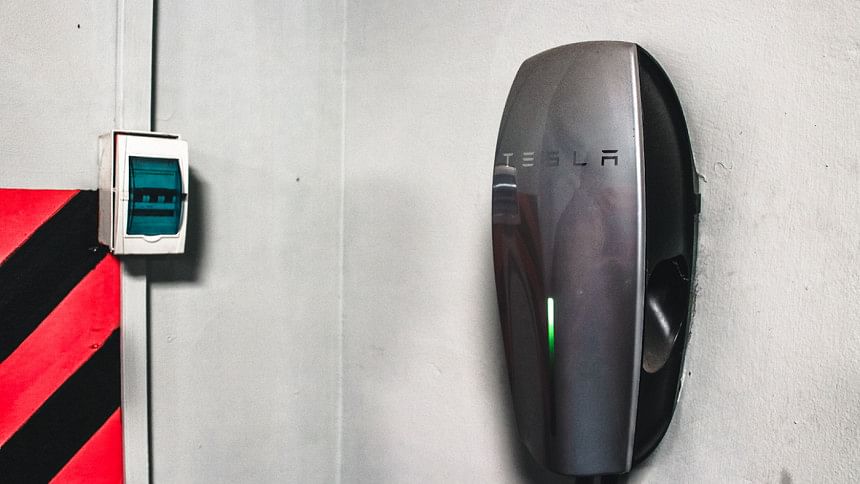
While the Tesla's option of charging with three-pin sockets is obviously useful, it's not much—with a conventional power outlet, the P100D takes up to 44 hours to charge from empty to full, while the basic wall unit provided by Tesla can charge the car fully in approximately 4-5 hours. With access to a Supercharger station, the P100D can charge fully in about 30 minutes.
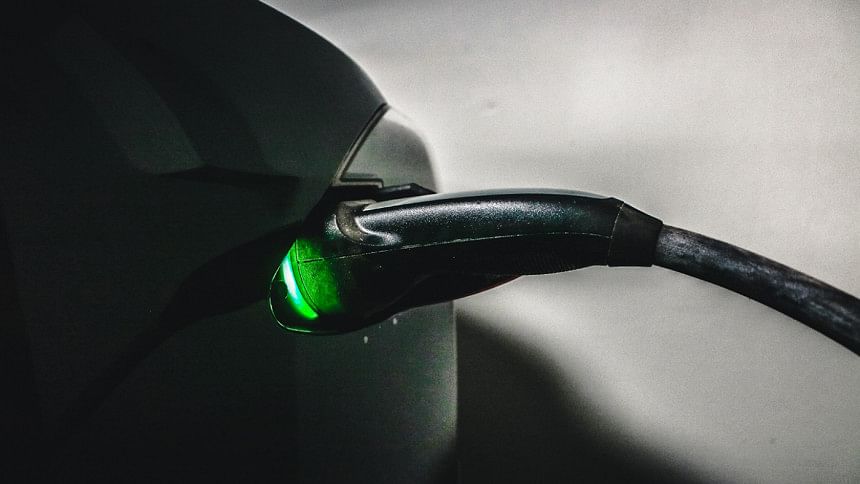
That's the true crux of the problem with Elon's plan for the salvation of humanity. Petrol originally won out over electricity at the dawn of the automobile because petrol offered range and convenience—refueling took 3 minutes, and it's much easier to set up a petrol station than a complicated electric charge station. Plus, Supercharger stations are unlikely to be set up in small markets like Bangladesh—the lack of demand just won't allow it. That's all discounting the prohibitive pricing of the cars themselves, even though Bangladesh's import tax structure favours EVs with only a 25% supplementary duty on import. Globally, the Petro-dollar is still in power and oil is enough to release the dogs of war, so salvation is still far away.
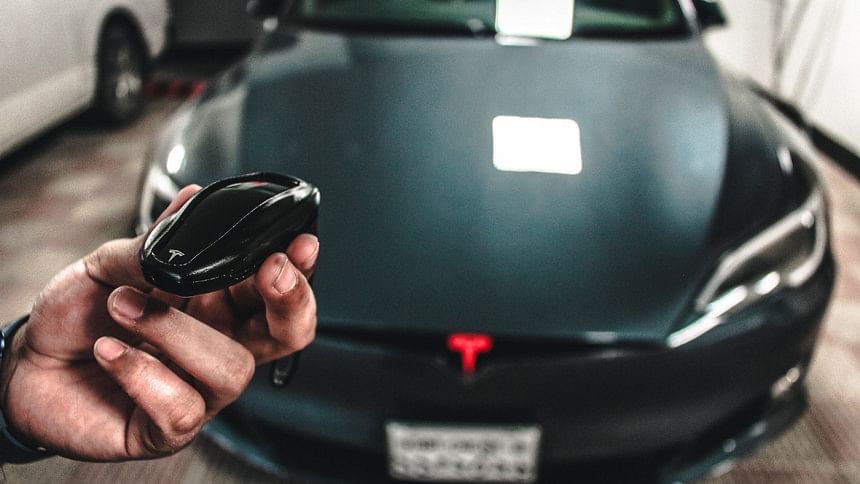
For now, just revel in the novelty of an electric car that is a marvel of modern technology that also makes quite a bit of sense when daily driven, even on the crowded and smog-choked streets of Dhaka.
The Registration Hassle
Registering a car that your government is not familiar with, powered by a technology they do not know of, is a daunting task. Tanveer still took it in stride, and his is the first Tesla to have been tested by BUET and registered officially with the BRTA.
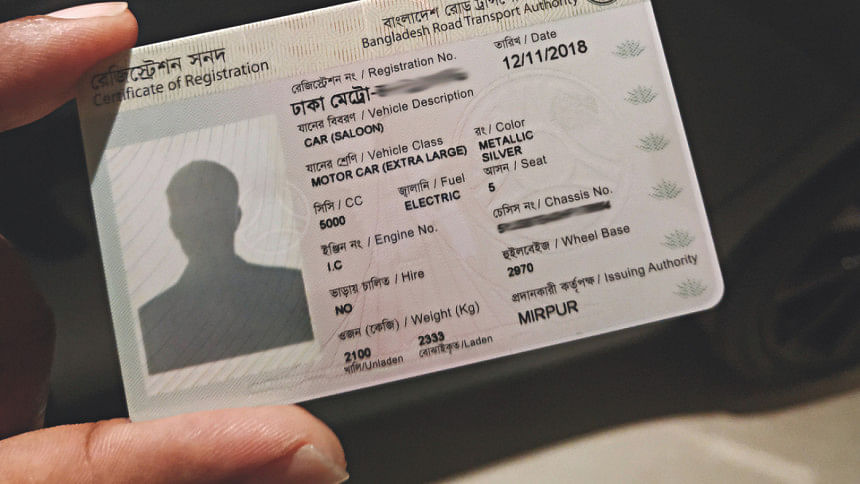
"We got the car on a plane from London to Dhaka, paid the duty and cleared the vehicle. The reason we got the vehicle via air is because the battery has a phantom drain of about 2% per day. I did not want to risk the battery completely depleting by bringing through the normal sea route and waiting at the port.
The registration process all in all took a year and was a very long and hectic time. We naturally first approached the Bangladesh Road Transport Authority for registration. BRTA was not aware of how to register a vehicle without engine number and displacement (cc).
Accordingly, they sent a letter to Roads and Highways Department (RHD) seeking their advice. RHD decided that since no registration of EVs has taken place in Bangladesh before, they needed a third party to verify the particulars of this vehicle. From their viewpoint, BUET was selected as the experts to settle this matter.
The car then went to BUET for testing, which took them 6 months. The tests included finding out the weight of the vehicle, turning radius, and others. In my opinion, they did not find anything that was not included in the vehicle's manual."
In the end, Tanveer ended up with a registration certificate that announced the P100D had "5000cc" of displacement, even though it is not powered by a conventional engine and has no displacement to speak of. As a result, Tanveer is stuck paying exorbitant amounts of road tax.
Photos: Ahbaar Mohammad





Comments